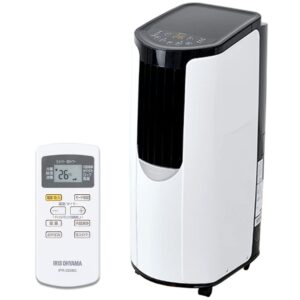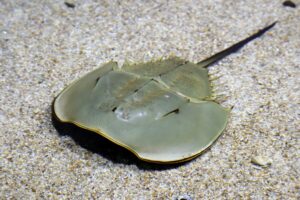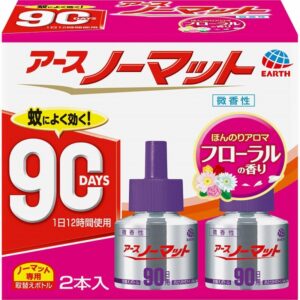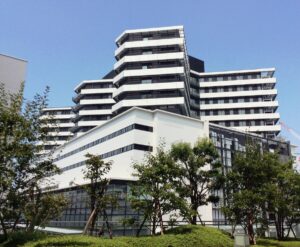Today, the 3rd, it will be extremely hot all over Japan. Heat stroke alerts have been issued in 27 prefectures including Tokyo and Kanagawa, the highest number this year.
Please take extra precautions against heat stroke, both indoors and outdoors.
“Heat stroke alert” issued in 27 prefectures including Tokyo and Kanagawa, the highest number this year
Heat Stroke Alert was issued today in 27 prefectures, including Hokkaido, Iwate, Akita, Yamagata, Miyagi, Fukushima, Gunma, Chiba, Tokyo, Kanagawa, Yamanashi, Aichi, Niigata, Toyama, Ishikawa, Tottori, Shimane, Okayama, Hiroshima, Yamaguchi, Kagawa, Ehime, Fukuoka, Nagasaki, Kumamoto, Oita and Kagoshima.

This is the highest number of cases so far this year.
This is the second time Tokyo has been hit by a heat wave since July 19.
This is the second time that Tokyo has been hit by the heat wave since 19 July.
What to do when a heatstroke alert is issued
When a Heat Stroke Alert is issued, there are five proactive actions you can take to avoid heat stroke.
(1) Stay out of doors and avoid the heat as much as possible. Avoiding the heat is the most important thing to do to prevent heat stroke. Avoid going out unnecessarily as much as possible. Use air conditioning indoors, day and night, to control the temperature in your room.
2) As a rule, stop or postpone exercising outside or indoors where there is no air conditioning.
(3) Take more preventive action against heat stroke than usual. Drink plenty of water before you get thirsty and wear cool clothing. If you are outdoors and can keep a sufficient distance from other people, take off your mask.
Talk to people who are at high risk of heat stroke. Elderly people, children, people with chronic illnesses, obese people and people with disabilities are more likely to suffer from heat stroke, so those around you should encourage them to use the air-conditioner even at night and to drink plenty of water.
(5) Check the heat index (WBGT). The heat index varies greatly depending on the time of day and location. Please check the heat index on the Ministry of the Environment’s Heat Stroke Prevention Information website and use it as a guide for your activities.
Satoko Ono, Head Office, Japan Weather Association
translated by me.












コメント